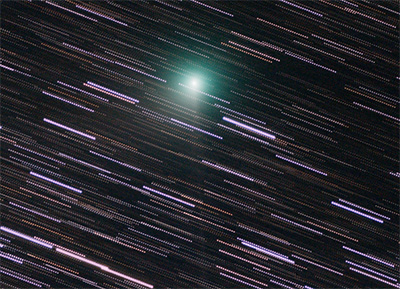
The Avalon M-Zero mount has been tested in August 2014 at Colle dell'Agnello, Italian Alps.
Imaging setup: Pentax 75 with Canon EOS 60D, guiding with a 50 mm "finder" and Lacerta Mgen.
|
by Lorenzo Comolli - written in Dec 2014 |

 |
 |
| Raw time history |
Time history with trend removed |
 |
 |
| Spectrum |
Periodogram |
| Tracking test of 30 min at 50 Hz (obtained with a video at 100% with Canon EOS 60D) |
|
 |  |
 |
| Comet C/2014 E2 (Jacques) 27-28 August 2014 | Coathanger cluster |
M11 and Scutum star cloud - 2 |






|
|